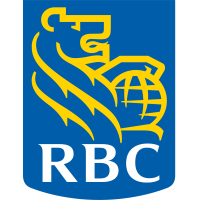

 koolmc
8 months ago
koolmc
8 months ago
 koolmc
9 months ago
koolmc
9 months ago
 fredscott36
3 years ago
fredscott36
3 years ago
 Phosphene
4 years ago
Phosphene
4 years ago
 Staypositive1
4 years ago
Staypositive1
4 years ago
 Staypositive1
4 years ago
Staypositive1
4 years ago
 Copper2
4 years ago
Copper2
4 years ago
 Staypositive1
4 years ago
Staypositive1
4 years ago
 Staypositive1
4 years ago
Staypositive1
4 years ago
 Staypositive1
4 years ago
Staypositive1
4 years ago
 advfn2u
5 years ago
advfn2u
5 years ago
 Saving Grace
6 years ago
Saving Grace
6 years ago
 Saving Grace
6 years ago
Saving Grace
6 years ago
 Fibanotch
7 years ago
Fibanotch
7 years ago
 mlitalien
8 years ago
mlitalien
8 years ago
 ECole
12 years ago
ECole
12 years ago
 ECole
12 years ago
ECole
12 years ago

It looks like you are not logged in. Click the button below to log in and keep track of your recent history.